10 articles worth reading this week #3
what shoes say about us, a story of two Pompeii lovers, Lana del Rey and existentialist philosophy, an ode to aestheticism, In Search of Lost Time by Proust, Frida Kahlo's body and more!
Welcome back to another installment of this series in which I recommend great articles I've read lately.
What’s on today’s menu?
Well, for starters, we delve straight into a dark tale (I know, quite a traumatic way to begin, my bad!). Then, we follow with something fashionable and historical, discovering what shoes reveal about us. For mains, there is a fascinating way to tell the story of an archeological find, an intriguing connection between Lana del Rey and existentialist philosophy (yes, you read that right!), and a deep dive into Proust's In Search of Lost Time. For desserts, we have the importance of an aesthetic life, a creative way to learn French, an art history lesson from painter Helen Frankenthaler, and, last but not least, la crème de la crème…how Frida Kahlo used her body as a vessel for empowerment and a lesson in resilience.
Well, I'd say there’s a lot on your reading plate today...
Enjoy!
︶︶︶୨୧︶︶︶
1. The Protagonist Is Never in Control
It’s in those years that you begin to understand the expectations set by genre, the structuring of texts. You’ll come to learn that the beginnings are the most important, because they teach the reader what’s to come. The reader learns in the beginning of the story whether and how to trust the author, whether the logic is internally consistent, what the emotional terrain will be, what kinds of details will be left in and what kinds will be left out. Beginnings present the world of the story, what can happen and what can’t. A text’s beginning is its foundation; patterns and motifs are established, even if the reader won’t recognize them until later.
Reading this short story is like being punched in the stomach.
It's heartbreaking. It talks about abuse, emotional manipulation, toxic family members, enduring pain, the search for freedom, escape, and emotional strength.
It also discusses the structure of good stories, the importance of beginnings and endings, and the fact that in many stories, the protagonists often lack agency. And it all ties in with the story told in this essay.
Magnificent.
Not for the faint-hearted.
2. Walk in these
Footwear tells us a lot about the history of men and women, and expectations of how they were supposed to behave. The reason why shoes are so socially important is because of their close relationship with our bodies. To understand shoes, we need to think about them as worn objects: material articles that interact with the bodies that wear them.
Who doesn't want a good, in-depth, and historical look at one of their most beloved accessories?
Perhaps nothing can tell our story and pass it down for generations better than a pair of shoes.
3. A Story Of Two Pompeii Lovers
Is there a more wondrous sight than that of a friend? The lively merriment of the city streets was interrupted by the thunderous sound of an explosion, a column of smoke appeared from afar, ejaculating from Mount Vesuvius.
What a gorgeous and surprising story!
An interesting take on analyzing archaeological finds and telling the events of the past.
4. The existentialist philosophy of Lana Del Rey
Sartre suggests embracing our freedom means living life in a manner “comparable to the construction of a work of art”. In his view, in both art and life, we cannot decide in advance what actions ought to be taken: “No one can tell what the painting of tomorrow will be like; one cannot judge a painting until it is done.”
I see Lana del Rey. I’m interested. I read existential philosophy. I’m intrigued.
I put on the pair of glasses I don't need yet and see that the two things are connected. They are in the same title. It’s two great topics for one?! Who can resist an offer like that?
I click immediately.
And I’m not disappointed.
5. No one told me about Proust
Everything about In Search of Lost Time was extraordinary—beautiful and funny and remarkable and strange. It was like nothing I had ever read before. I was enthralled. I was also upset. Why had no one told me that Proust would be like this?
I just found
's page and I’m totally smitten!This essay is incredible, and now I'll have to slowly catch up on all the others!
The mood reader in me has already awakened and is looking for a way to include In Search of Lost Time among her readings for the next few months.
But the non-reader me, the part of my mind that still manages to be realistic, knows that's impossible, and so reading these books could become a mission for next year. Stay tuned.
6. On Terror; The Incomprehensible Sublime
The fascination with the Sublime is an innate piece of every poet’s soul; a burning, unruly desire to tear apart the incomprehensible fabric of Gaia and feebly find the words to describe the elevation of ones very soul. It is a concept unheeded by an unromantic gaze, one that does not adhere to concrete and fluorescence, to the mundane, but to something far deeper than the inertia of our making.
I read the title of this article and immediately rushed to read it.
’s page is such a treasure for the seekers of all things dark, gothic, and the lovers of the macabre.By now, those of you who have been following me for a while know that Romanticism is one of my favorite literary and artistic movements, so it's always a pleasure to read and discover new aspects of this tumultuous and passionate era.
Lovely read!
7. An art history lesson from painter Helen Frankenthaler, 60 years later

You know when a director provides commentary alongside a film they’ve created? Think of this post as something similar to that, but instead, my purpose here is to give you some extra exploration room and visuals to make Helen’s words even shinier. You’ll find that I’ve hyperlinked a ton of her words, hoping that you’ll follow the tracks to other art stories. I’ve also added some color photographs of the artwork and people she refers to with care. What follows is a Franthenthaler-lead art history lesson.
Thanks to this article, I discovered a new female artist, and I’m so grateful.
’s page is always filled with the most gorgeous, surprising, and inspiring art things. I discovered so much thanks to her.Her page is my go-to for anything art-related.
I recommend!
8. Between Two Fires: The Music of French and Italian Poetry
What happens when two languages born of Latin, French and Italian, meet not in a classroom, but in the silence of a poem?
In this shared reflection, through one poem, we explore the echoes, rhythms, and roots of our native tongues: French and Italian, sister languages shaped by the same ancient fire, but sung in different melodies. We read across languages, cultures, and the spaces where poetry becomes a form of learning.
Since discovering this newsletter, my self-taught French learning has become much more enjoyable.
I love these articles on analyzing poems and songs in French and comparing them with other related languages. They're very useful for those learning a new language on their own and looking for a creative way to do so!
’s newsletter is my go-to for this kind of French lessons, alongside The Coffee Break French podcast on Spotify or YouTube, plus grammar by French teachers on YouTube, and learning the day-to-day stuff with French vloggers.9. An aesthetic little life
aestheticism is not decoration for the sake of ego, nor a distraction from a life you’re trying to escape. it is life, or at least one of the few things that makes life bearable. to care about aesthetics is not to be shallow. it is an act of attention, a way of saying that in a world so often indifferent and unkind, you are still looking closely. and you are still capable of being moved.
An ode to aesthetics and the famous line “BEAUTY WILL SAVE THE WORLD”, written by Fyodor Dostoevsky in his novel The Idiot.
What more could you desire?
I’m definitely IN!
10. Frida Kahlo's Body
The resonance of Kahlo’s art comes from her ability to make the interior exterior. She accomplishes this by making herself — that is, her body — the subject of her paintings. This allows her to make psychological events luridly, putridly PHYSICAL. She explores internal events of love, pain, and creation through her own external body. This is the truth of her power, a truth that will never make it to the gift store shelves.
I've always been fascinated by Frida Kahlo, both as a painter and as a woman.
Her life story is tragic and traumatic, yet inspiring and fascinating.
This article, by the lovely
, offers a poignant analysis of how Frida used her body and turned it into art.Her body, a container of trauma, emotions, feelings, fears, and joys, transformed into a vessel for something greater.
By exposing what was inside, giving voice to the unspeakable, she gave birth to a new life for herself. A new beginning, a purpose for living, when the easiest thing to do after all the traumas would have been to take her broken body and not put the pieces back together.
But she did put her broken self back together, quite literally.
And we are all glad she did.
Her life and art are an astonishing lesson in resilience.
That’s all for today. I hope you found something that sparked your curiosity.
Wishing you a wonderful rest of the week,
Nicole.
In case you missed it:
Lady Chatterley's Lover, White Nights, my favorite Italian author, and more.
Not your typical summer book recommendations.


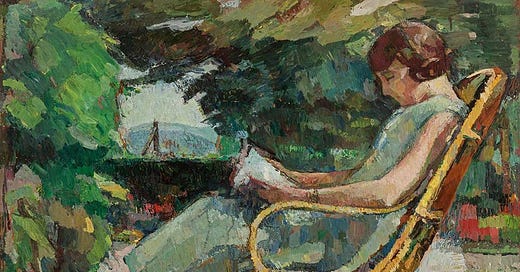



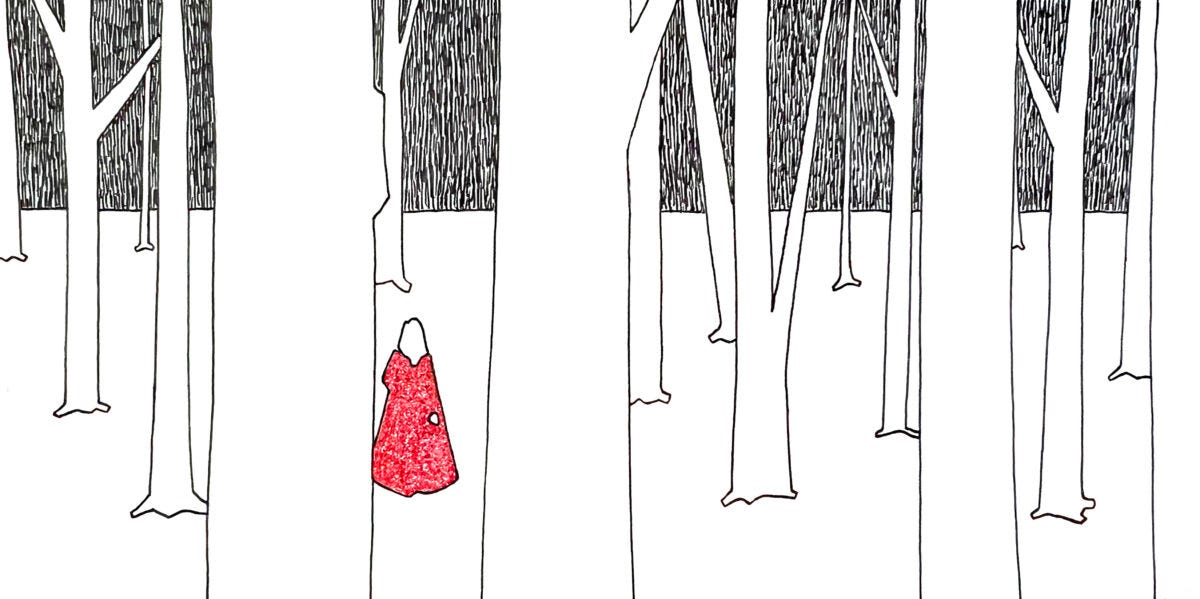






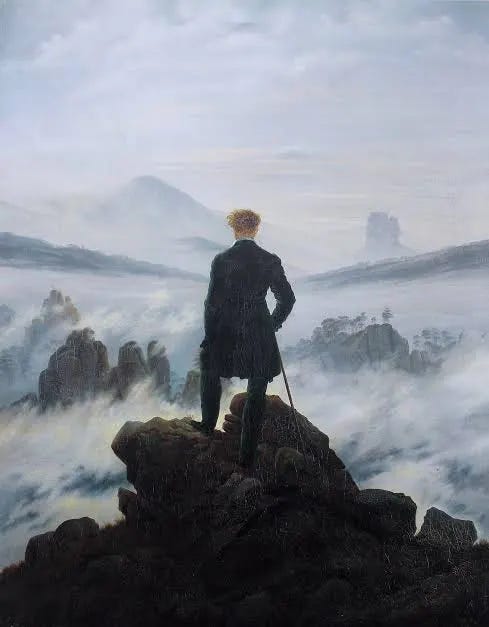
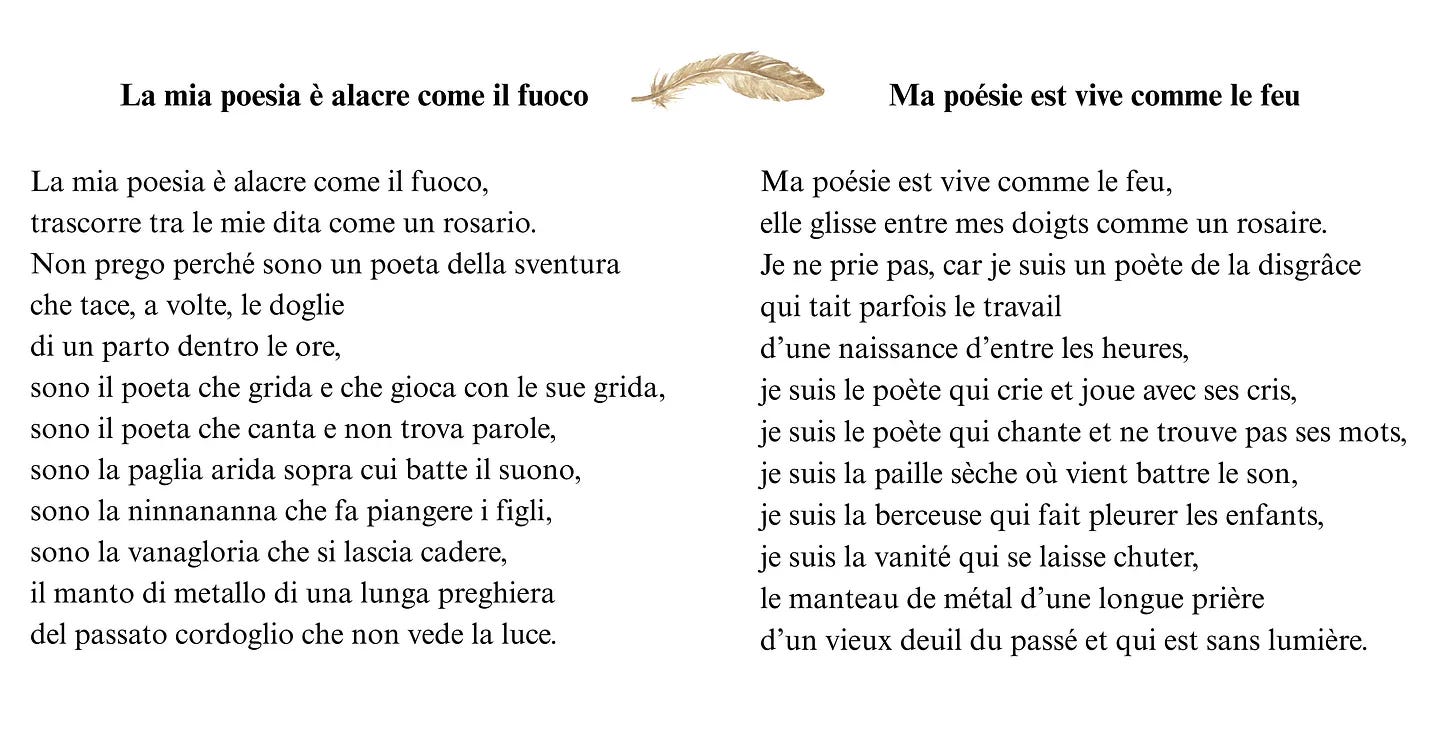

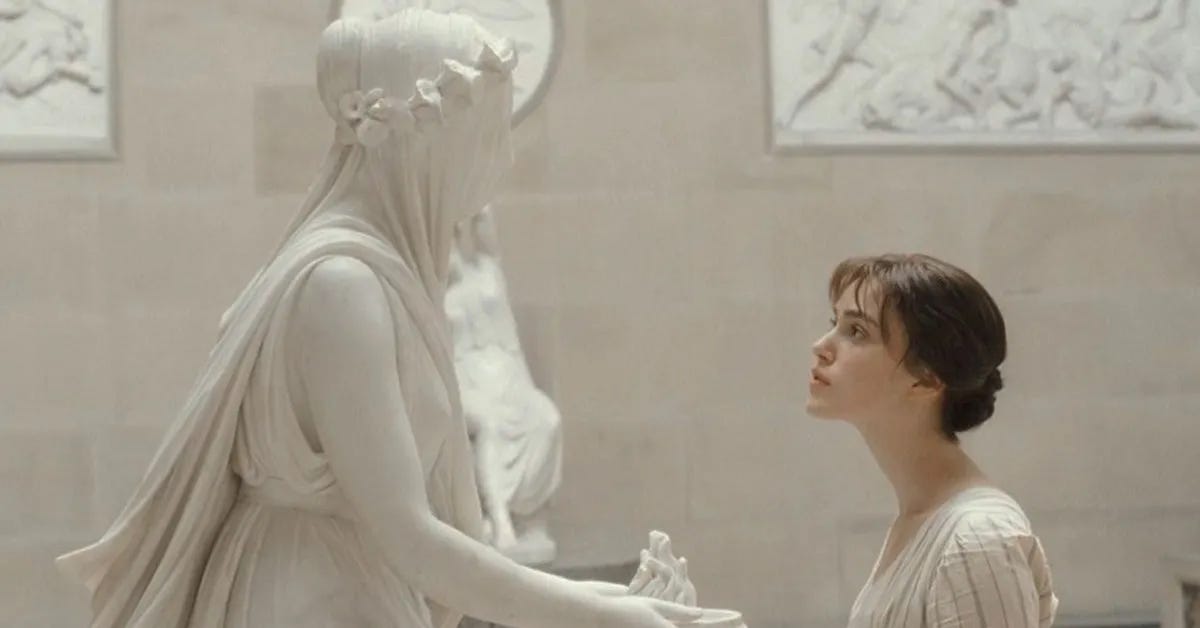
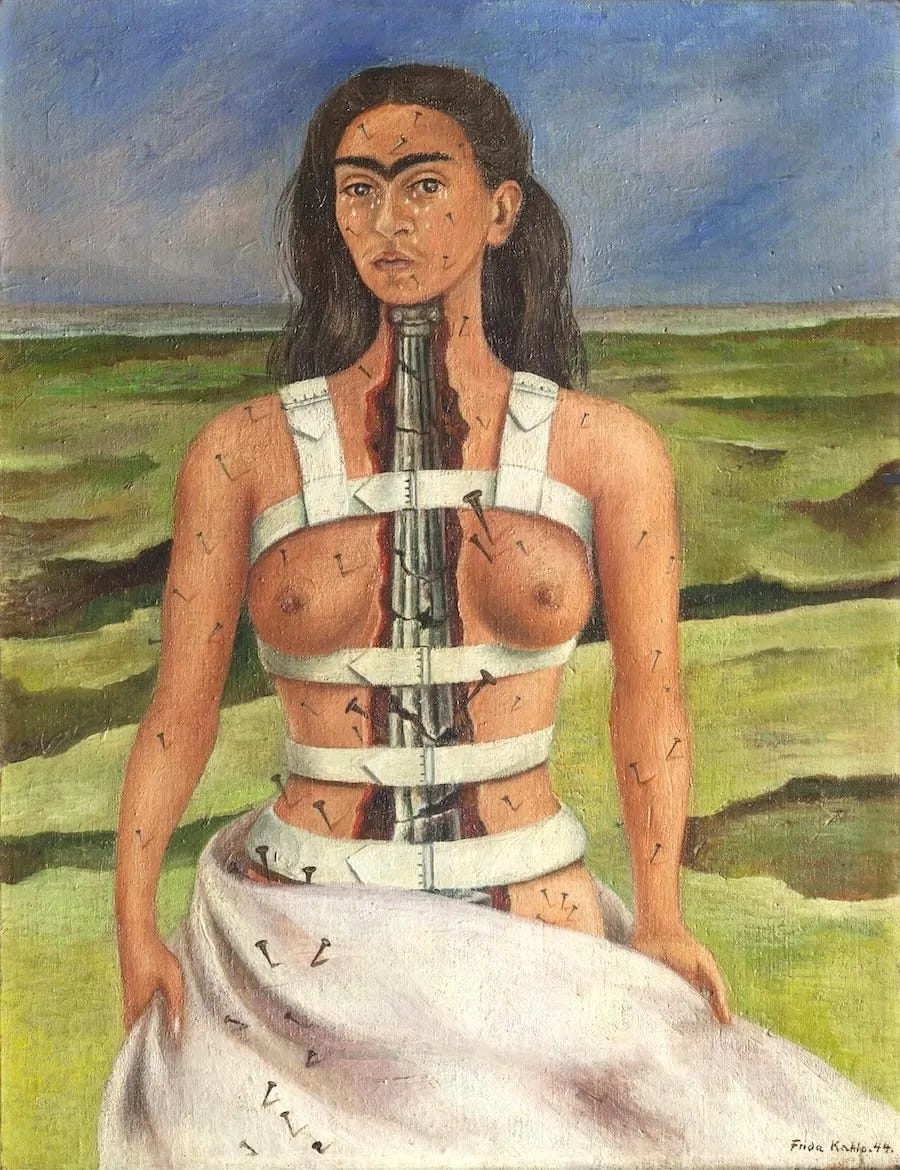


Need to read all of these but especially the one about two Pompeii lovers before my visit 😍
Thank you so very much Nicole for your very kind words! :)